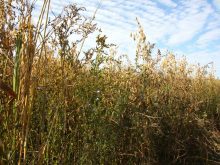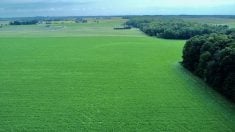The Koscielny family farm near Strathclair doesn’t have many acres to work with but it makes a big impression.
The farm, Green Beach Farm & Food, covers five quarters, about 200 acres of which grow grain. Much of the land base is perennial forage, feeding the Koscielny’s herd of grass-fed beef. The family finishes animals from that herd, as well as calving out 70 to 80 head each spring. Elsewhere on the farm, pigs and laying hens feature, and in 2021, it introduced 300 meat chickens, an enterprise considered such a success that it doubled the number in 2022.
Of the annual crops, a portion goes to feed the non-grass-fed livestock and the rest is marketed. This was the first year that the farm sold grain under organic certification.
Read Also
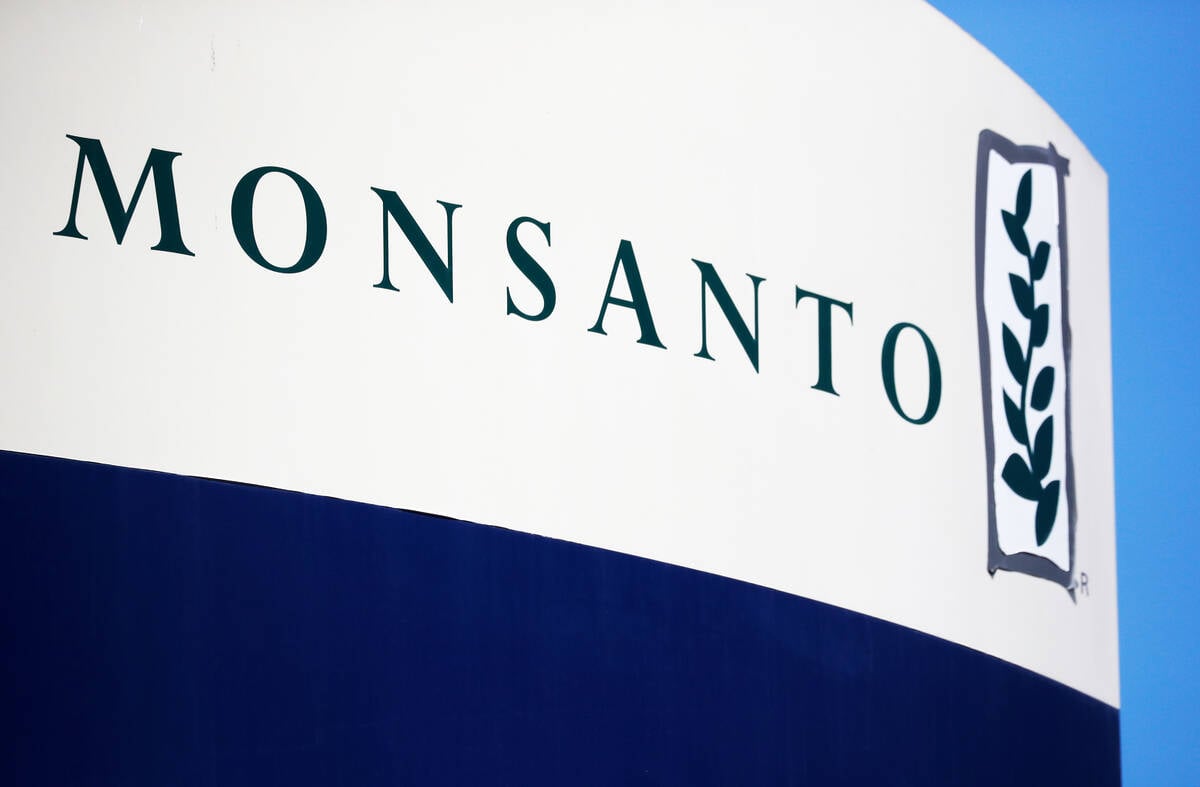
Journal pulls long-cited glyphosate study for ethics violations
The journal Regulatory Toxicology and Pharmacology has retracted a 2000 Monsanto-linked glyphosate review, drawing new scrutiny as Bayer faces mounting legal pressure.
“I’ve really bought into the whole stacking enterprises thing,” said Zack Koscielny, noting the need for efficiency given the farm’s small size.
“The pigs are in the bush. We’re probably not going to get a lot of utilization of those acres with cows or even sheep. The pigs fit right in there and there’s water in there. It takes me 10 minutes a day to feed and look after the pigs.”
Why it matters: While not all direct marketing farms ascribe to regenerative ag, the two concepts pair well for efficiency and value to the consumer, experts say.
Regenerative agriculture and direct marketing go hand in hand on the Koscielny operation.
The farm, like other beef operations in Canada, was hit hard by the BSE crisis in 2003. The family had built a herd of purebred Charolais and marketed bulls as Salt Lake Charolais. After BSE, however, the herd dwindled to 30 cows.
Those hard years marked a sea change in farm management. The new focus was on resiliency — both of business and of land.
[RELATED] Systems clash: Regen ag, consumer messaging and an agricultural schism
New ideas
In 2017, fresh from university, Zack Koscielny helped usher regenerative agriculture to the centre of the farm’s decision-making. Carbon sequestration became a pillar of the farm’s philosophy, including an intensive rotational grazing system.
The farm used cover crops to rehabilitate poor fields, supplement grazing and deal with weeds. Koscielny tried to keep roots growing across as much of the land as possible, and for as long as possible, each year. The farm’s philosophy prioritized biodiversity, natural nutrient cycling and “soil armour.”
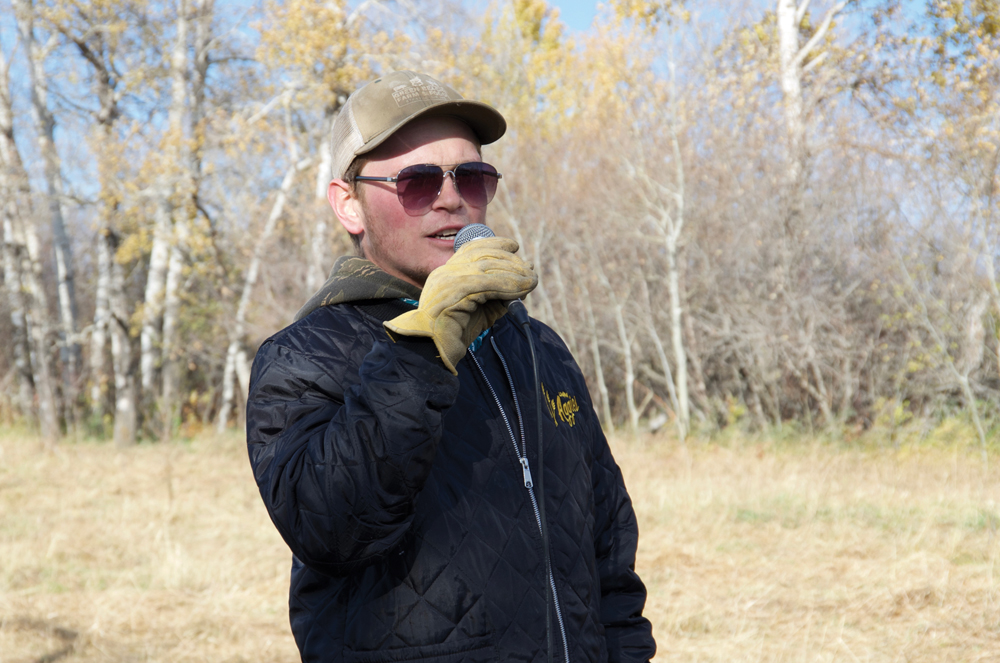
Four years ago, the farm began daily moves in the rotational grazing system. It now targets a total graze of 80 to 90 per cent, leaving the paddock untouched for months afterward. Genetic management of the herd has also changed. Careful culling has allowed the farm to identify and retain animals that perform well under the system and it now sources bulls based on forage-based genetics.
Solar panels have been installed, joining the estimated 8.1 per cent of Manitoba operations to have added solar energy.
“At our scale, the regenerative approach is the only way that I’m going to be able to be here full-time,” Koscielny said. “I believe that pretty firmly.”
At the same time, the farm began leaning harder into direct marketing, which the family had dabbled in since BSE. That business saw a boom during the pandemic as interest in local food grew and grocery prices surged.
“It just comes down to marketing and time spent making ourselves visible and the social media thing,” Koscielny said, adding that, in his view, it is the personal connection with the farmer that gets the consumer to buy, rather than any sustainability certification stamp the farm might have.
“People tend to like our story, I guess, and we’re trying to do good things for the land and we’re trying to grow really nutrient dense food and high quality food.”
It’s a business model on the rise, according to the 2021 Census of Agriculture. Statistics Canada found that 25,917 farms nationwide reported direct sales in 2020, up 5.7 per cent from 2015.
In Manitoba, farmers reported more than twice that increase. A total 1,013 farms were selling directly in 2020, up 12.6 per cent from 2015.
However, direct marketing farms make up a smaller cross section of agriculture than in other parts of the country. StatCan estimates that about seven percent of Manitoba farms skip over the traditional value chain, compared to 13.6 per cent nationally.
Success at small-scale
For the smaller farm, direct marketing was already a favoured option. In the last census, StatCan found that farms with less than $10,000 in sales made up almost half of those that relied on direct marketing for more than three-quarters of their living.
Luna Field Farm near Belmont can no longer be considered a small-scale operation, but first-generation farmers Wian Prinsloo and Lydia Carpenter began with pasture-raised poultry and sheep on 80 acres of leased land.
“Basically, we had to direct market, because there was nothing that we could produce commodity wise on the scale that we were trying to operate at,” Carpenter said.
“We had to manage our land well. That wasn’t really a choice.”
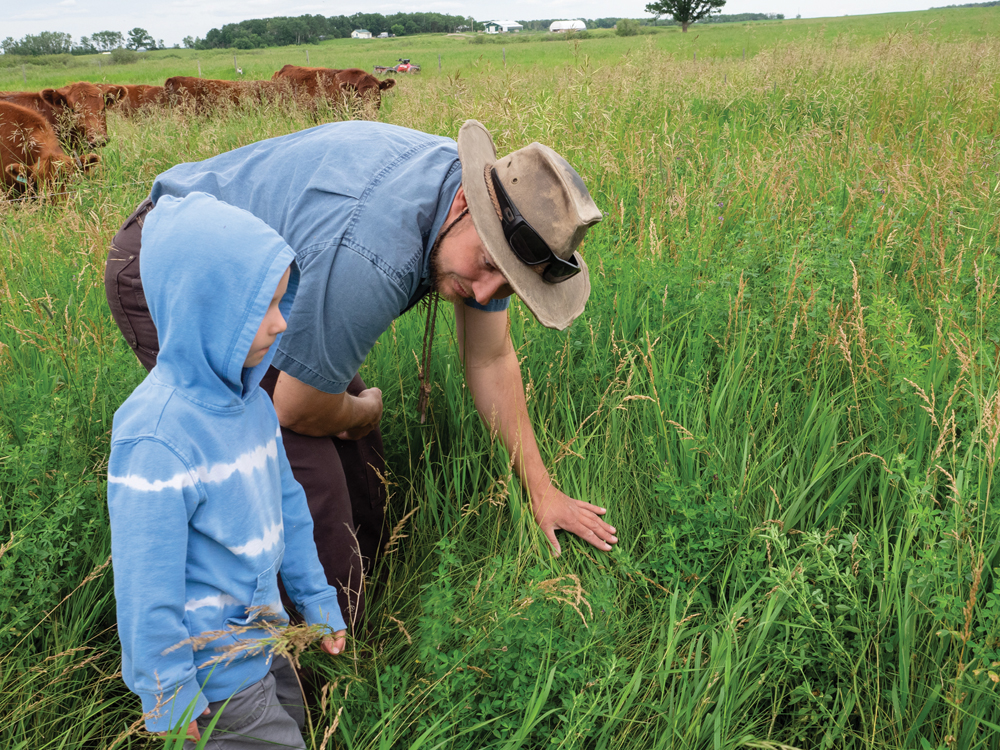
The pair, both of whom have taken holistic management courses, later expanded into custom cattle before acquiring their own herd.
Today, Luna Field Farm boasts about 760 acres of rented and owned land and has struck a deal with a neighbour to expand those accessed acres to around 2,000. The farm markets about 70 cattle direct to consumer each year. Pasture-based egg production and pork are also on offer.
The customer base and farming principles form a sort of feedback loop, according to Carpenter, where clients who value that type of production reinforce the producer’s use of those practices.
“If you’re managing the land well and the beef is good, and you’re getting both of those benefits, they’re likely to continue to reward you,” she said.
“Even if we sold conventionally, we would graze the animals the way that we do, but being rewarded for it additionally by being able to access a direct market is helpful.”
Carpenter prefers to focus on specific outcomes because she feels the regenerative label is too general. Her messaging to customers gives details on the system and how it works, focusing on concepts like rest and recovery, animal nutrition, soil cover, hoof trample or extended grazing.
“I want it to be more clear to people exactly what we did,” she said.
Cooling risk
Koscielny said his production system allowed his herd to grow, even while many beef producers were reducing herds during consecutive drought years.
“It was slow and gradual, 10 to 15 animals a year, so not a whole lot, but now that we’ve kind of – I cautiously say – come out of the drought… we’re in a position to do a big increase in the herd next year.”
In fact, he’s going to need more cattle if he wants to properly use the biomass produced. The farm’s pastures have seen significant productive improvement in the last three to five years, and are sitting on a hefty supply of stockpiled forage, he said.
The same practices have reduced wintering costs. The farm typically switches from standing forage to bale grazing between mid-December and mid-January, and keeps cattle on bales until after calving in May.
Direct marketing has also been a way to insulate the farm from volatility in the cattle market, which industry groups have identified as a major risk for the sector that is not well served by business risk management programs.
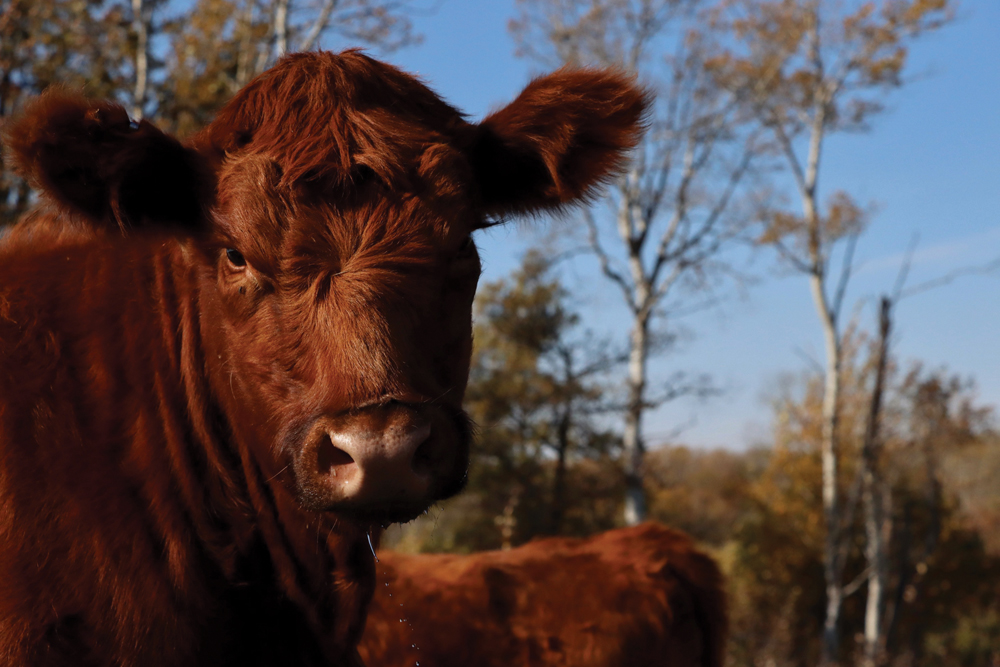
It’s an advantage also noted by Ellen Goddard, professor and co-operative chair in agricultural marketing and business at the University of Alberta.
“Clearly, when you’re in a sector either like beef or pork, where we export a dramatic amount of our production, things like exchange rates and interest rates and supply chain logistics are going to have big effects on your overall level of return,” she said.
Selling to the client
“We look at it as a way to value-add to some of our animals,” said Cameron Hodgins of Lenore, Man., about his family’s system.
Direct marketing came into the picture after his wife, Lisa Hodgins, decided not to return to her off-farm job after the birth of their second child.
The previous Hodgins generation was already selling directly to customers in Winnipeg, but was looking to get out of the business. Lisa Hodgins took up the reins.
Like Koscielny, Hodgins Farm bases its system on regenerative agriculture principles such as organic production and rotational management of the cow herd. The farm direct markets grass-fed beef, pork, turkey, chicken, honey and has previously run sheep across 1,800 to 2,000 acres.
Regenerative agriculture helps with public communication, Cameron Hodgins said.
“As producers in general, we’ve got to get better at telling our story. The majority of producers care about the land and what we’re doing to it. The general consensus from the consumer, from my perspective, is that sometimes I think they think we’re just out there for the money.”
The Canadian Farm Management Council has linked regenerative agriculture and direct marketing with other producer efforts to make a farm stand out.
“Producers who are direct marketing are coming into direct contact with their customers, and those customers, like most people, want to feel good about their purchases,” said executive director Heather Watson.
“And so many direct marketers have an opportunity to meet these consumer demands and gain a competitive advantage.”
Goddard, who has previously worked with the Alberta Local Food Council, has seen similar trends but it is hard to tell whether producers are more motivated by wanting to showcase their sustainability or to fill a perceived niche in the market.
“A lot of these things are attractive to consumers and they are attractive to the consumers who like direct marketing or purchasing at farmer’s markets, any place where they can have interaction with the producer,” she said.
Rising land prices, and the associated need to successfully operate on a small scale, has also weighed into the conversation, according to Goddard.
She said consumer trends are holding strong despite high food prices. In the past, rising food prices lowered demand for things like organic produce.
Canadian food was 10.1 per cent more expensive in October 2022 than in 2021.
“The message around sustainability, around regenerative agriculture, about being a local producer contributing to the local economy, these are all positive things in the eye of the consumer, even in these inflationary times,” Goddard said.
“It could be that we’ve gotten to a tipping point where people are so profoundly concerned about the environment in the long-term that they’re not willing to give up choices that they think are good for the environment.”
Hodgins echoed Koscielny on the importance of putting a face to the farmer. Personal relationships foster trust and loyalty, as shown by his own farm’s history as a former organically certified farm.
“When we dropped that organic certification, I was worried that we would lose consumers, and I’m not saying we didn’t, for whatever reason, but it made us focus more on the message that we were delivering,” he said.
“People just wanted to know where their food was coming from and the story behind it, and I think it strengthened our ability to tell that story and [have] people trust us and understand.”
That kind of contact should not be underestimated when it comes to promoting agriculture to the general public, Goddard said.
Spreading further
Green Beach Farm & Food might not be done adding irons to the fire, although Koscielny acknowledged there is a labour cost for each venture. It’s one of the reasons the farm has managed its cattle as one herd, rather than separating out finishers. A summer student has helped ease the burden.
The farm may branch into sheep next year, which would align with the goal to squeeze production out of every inch of land. Sheep would use the farm’s livestock pens now empty because cattle are wintered in the field.
“They’re growing great amounts of grass,” he said. “After years of feeding in there, we’ve got lots of carbon and lots of fertility… and they’ve got good perimeter fences, so it’s an easy jump to get the sheep in there, I think. Or at least to start there and see what happens.”
Meat birds will also return to the farm’s chicken flock in 2023.
That enterprise required little extra marketing and paid big dividends, Koscielny noted. He estimated that 550 of this year’s 600 birds were sold through word of mouth. About 600 have already been pre-sold.




